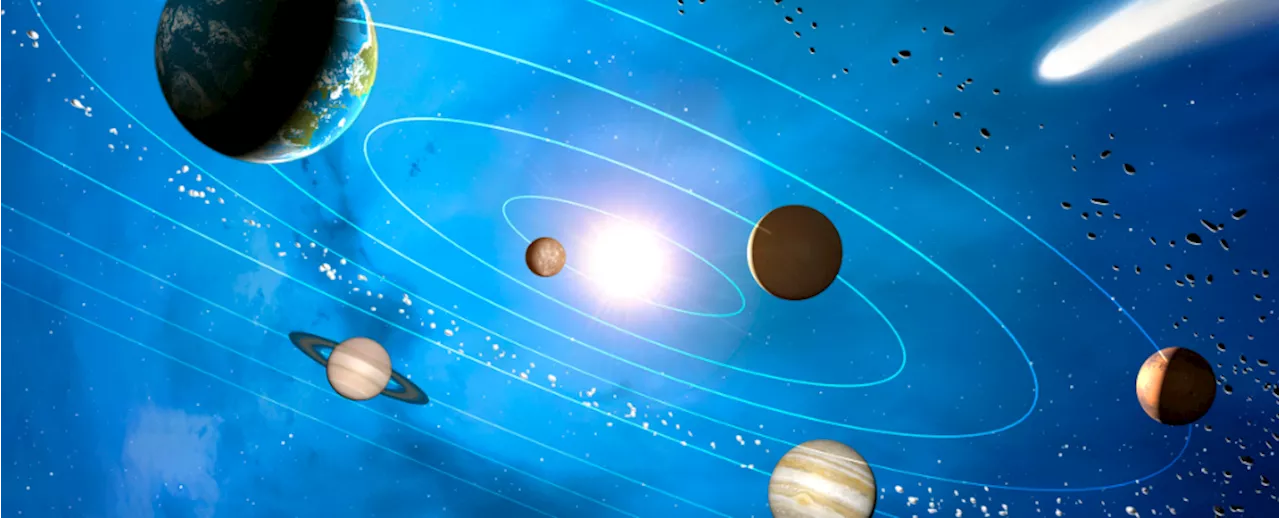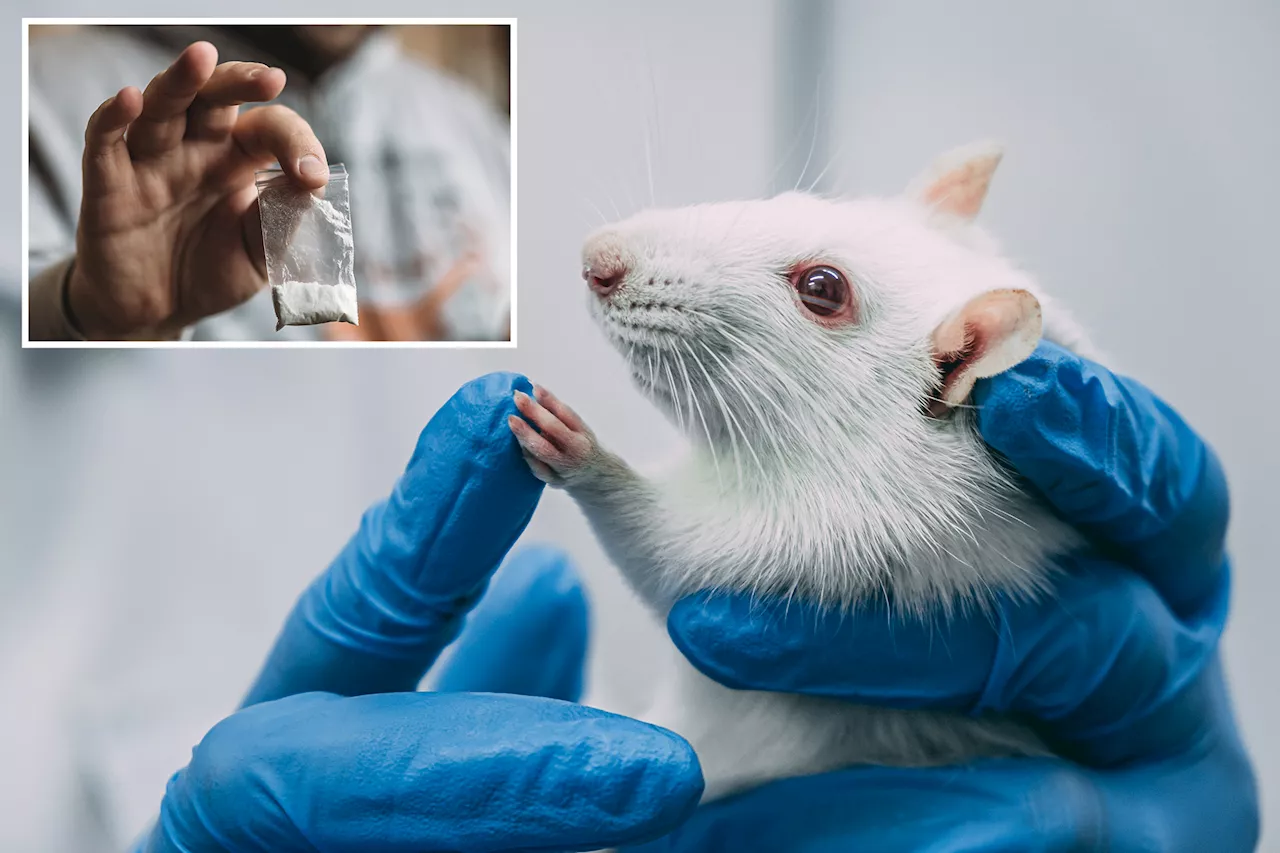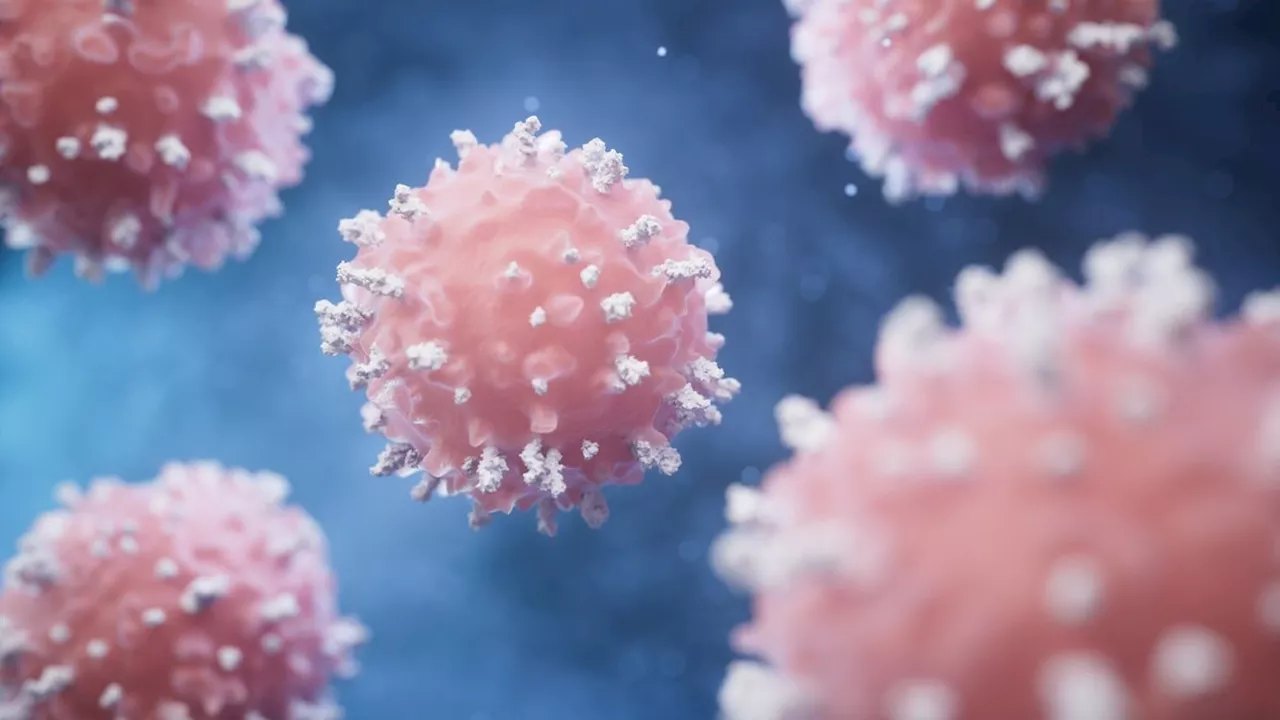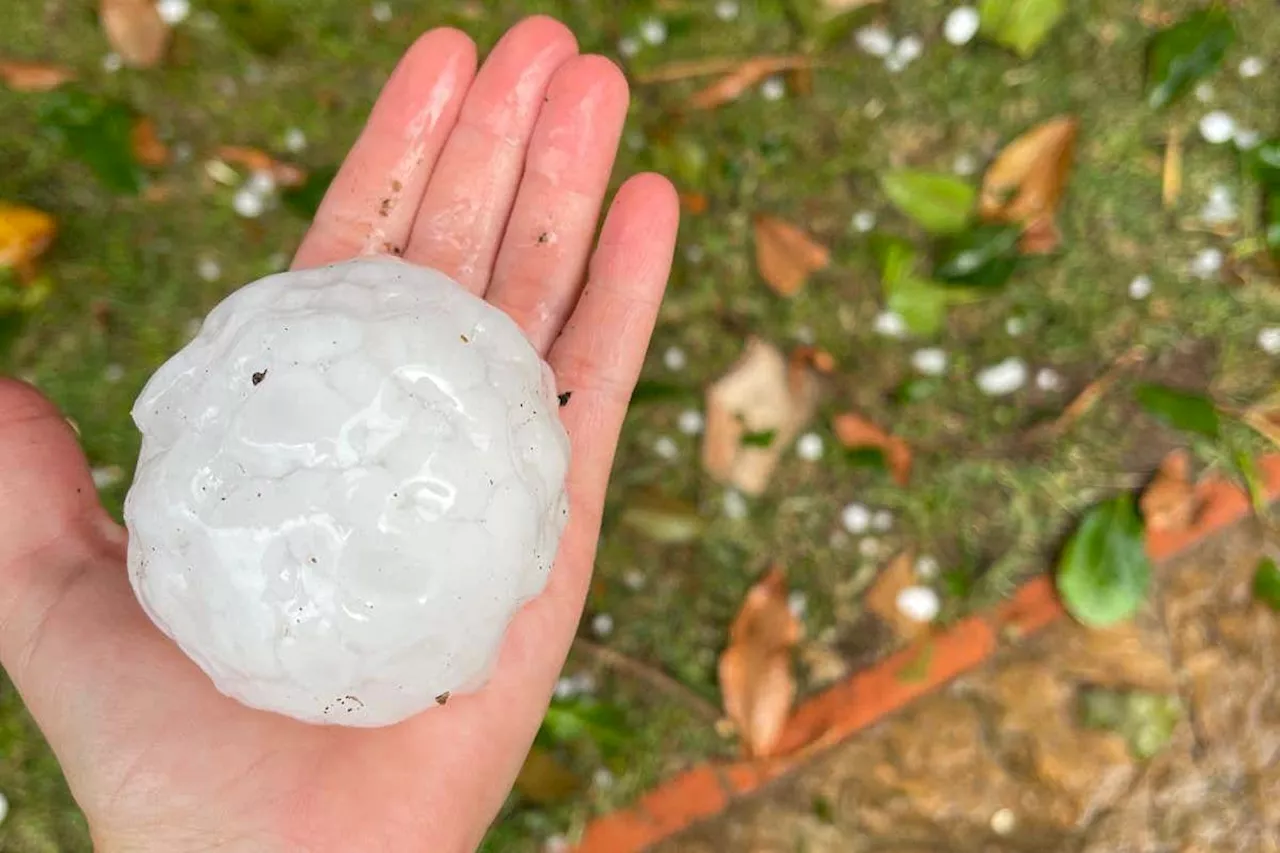Scientists recently discovered that the giant 'conveyer belt' currents that push star-forged material out of our galaxy and pull it back in can also transport carbon atoms.
The carbon in our bodies probably left the galaxy and came back on cosmic 'conveyer belt'." ScienceDaily. ScienceDaily, 3 January 2025. <www.sciencedaily.comUniversity of Washington. . The carbon in our bodies probably left the galaxy and came back on cosmic 'conveyer belt'.University of Washington."The carbon in our bodies probably left the galaxy and came back on cosmic 'conveyer belt'." ScienceDaily. www.sciencedaily.
The active ingredient in many drugs is what's known as a small molecule: bigger than water, much smaller than an antibody and mainly made of carbon. It's tough, however, to make these molecules if ... Earth’s soil contains large stocks of carbon — even more carbon than in the atmosphere. A significant portion of this soil carbon is in organic form , called soil organic ...
Water has been detected in the most massive galaxy in the early Universe. Scientists studying SPT0311-58 found H20, along with carbon monoxide in the galaxy, which is located nearly 12.88 billion ... Researchers have discovered that deep-sea bacteria dissolve carbon-containing rocks, releasing excess carbon into the ocean and atmosphere. The findings will allow scientists to better estimate the ...
Astrophysics Stars Extrasolar Planets Graphene Organic Chemistry Nanotechnology Physics
United States Latest News, United States Headlines
Similar News:You can also read news stories similar to this one that we have collected from other news sources.
 Scientists Reveal How Our Solar System Could Capture a New PlanetThe Best in Science News and Amazing Breakthroughs
Scientists Reveal How Our Solar System Could Capture a New PlanetThe Best in Science News and Amazing Breakthroughs
Read more »
 What scientists just learned about addiction by giving rats cocaine: ‘The third group surprised us’The responses of lab rats given cocaine are shedding new light on the cognition of addiction.
What scientists just learned about addiction by giving rats cocaine: ‘The third group surprised us’The responses of lab rats given cocaine are shedding new light on the cognition of addiction.
Read more »
 Scientists make 1-of-a-kind immune cells to guard transplants from attackTia is the managing editor and was previously a senior writer for Live Science. Her work has appeared in Scientific American, Wired.com and other outlets.
Scientists make 1-of-a-kind immune cells to guard transplants from attackTia is the managing editor and was previously a senior writer for Live Science. Her work has appeared in Scientific American, Wired.com and other outlets.
Read more »
 Real-life 'invisibility cloak' one step closer — scientists unveil cutting-edge camouflage materialWeird But True News: VIP Cemetery Passes, Weasel Thief & Pee Bottles
Real-life 'invisibility cloak' one step closer — scientists unveil cutting-edge camouflage materialWeird But True News: VIP Cemetery Passes, Weasel Thief & Pee Bottles
Read more »
 Scientists identify mutation that could facilitate H5N1 'bird flu' virus infection and potential transmission in humansAvian influenza viruses typically require several mutations to adapt and spread among humans, but what happens when just one change can increase the risk of becoming a pandemic virus? A recent study reveals that a single mutation in the H5N1 'bird flu' virus that has recently infected dairy cows in the U.S.
Scientists identify mutation that could facilitate H5N1 'bird flu' virus infection and potential transmission in humansAvian influenza viruses typically require several mutations to adapt and spread among humans, but what happens when just one change can increase the risk of becoming a pandemic virus? A recent study reveals that a single mutation in the H5N1 'bird flu' virus that has recently infected dairy cows in the U.S.
Read more »
 Why scientists scanned giant hailstones in a dentist's officeA high-resolution view of hailstones the size of tennis balls can reveal how they form – and help researchers better forecast which storms will generate these destructive pieces of ice
Why scientists scanned giant hailstones in a dentist's officeA high-resolution view of hailstones the size of tennis balls can reveal how they form – and help researchers better forecast which storms will generate these destructive pieces of ice
Read more »
